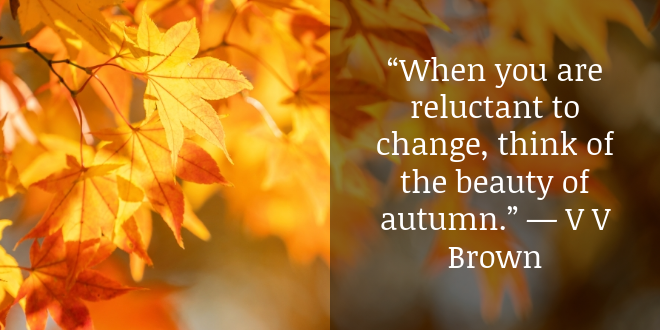
I hope your gardening season has been a successful one. I have to say that my vegetable garden outdid itself this year, due in part to all the sunshine and heat. I have never had so many peppers, eggplants, and zucchini before, and my tomatoes, green beans, and carrots were pretty fierce producers, too. My flower beds have suffered a bit, because I have not been vigilant in keeping them watered – and neither has Mother Nature! If my vegetable garden didn’t have soaker hoses on timers, I have no doubt that the lack of rain would have meant far less production. Maybe I need to think about hooking up hoses on timers for my flower beds, too? Something to ponder over the winter…
Jennifer
This month’s issue of Let’s Get Gardening
Subscribe to our monthly newsletter for seasonal gardening advice and recommendations for your garden, yard, and bird feeding.
With the heat we are still seeing, and the lack of much rain in the forecast for the near future, keeping things watered will be the most important thing we can do this month. There are a few other things that need to be done this month, too:
In the Veggie Garden:
- Take advantage of the unusual temperatures to get the most out of your garden. NOAA’s Climate Prediction Center is calling for warmer than usual temperatures for the month of October, so I don’t think we need to worry just yet about frost, which means that if you still have fruit on your tomatoes, zucchini, peppers, etc., be sure to keep them well-watered so that you can keep harvesting them, but also keep an eye on the forecasts. We will likely get frost at some point this month – it’s the law of averages.
- Cool-weather plants, such as peas, spinach, broccoli, kale, and cabbage are probably thriving in gardens right now, too. Even though the daytime heat lately has been a little higher than they might normally like, the nighttime temps have been cooling off enough that they aren’t likely being too stressed by the heat. Just be sure to keep them watered, and you should continue to enjoy them through the end of the month.
- If your plants are showing signs of disease, it’s time to pull them out of the garden. Get as much of the plant and roots as you can, so that you aren’t leaving diseased plant material behind in the garden. Some diseases will overwinter, so getting rid of as much as possible of the diseased plant parts will help prevent those same diseases from coming back next year.
- It’s probably too late to plant anything that would be ready for harvesting yet this year, though with the weather predictions, who knows? If you want to be adventurous, you could try planting leaf lettuce and radishes now. You might have to keep row covers handy later this month to keep them from getting frost burned, but you might also be able to get some good salads late this month and early next month.
- Fall is the time to plant Garlic in Michigan, but wait until we get some frost. You want the soil to be cooled off enough that you get root growth but not foliage growth. Seed Garlic for planting is in at The Garden Mill, but don’t wait to get yours – we have already sold out of one variety and are low on at least two others.
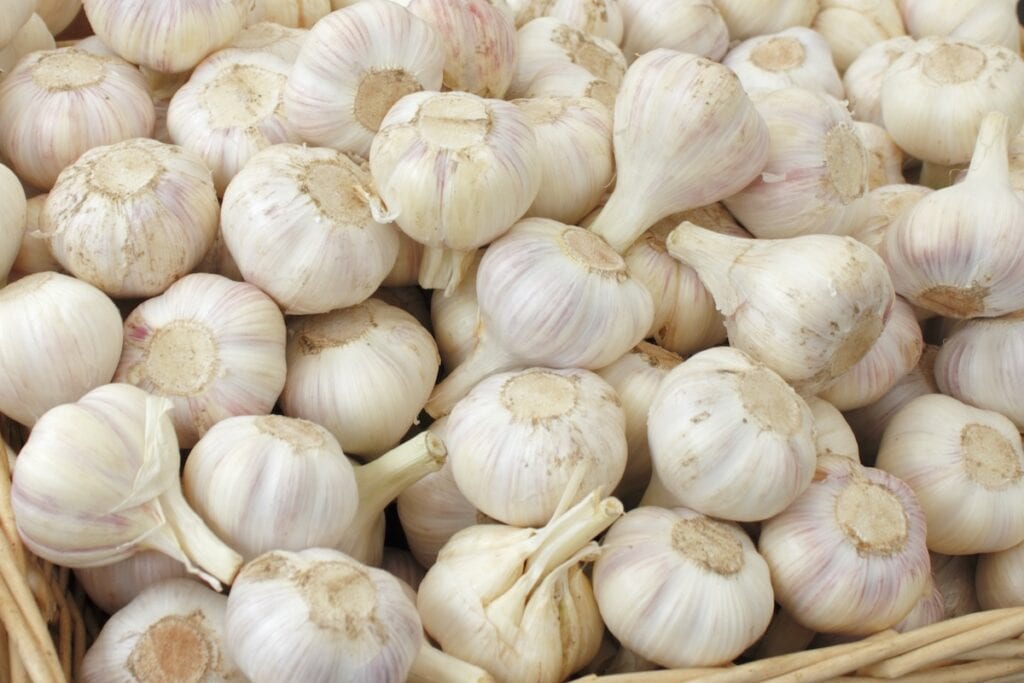
Flower Gardens, Trees & Shrubs, Lawn:
- As with garlic, fall is the time to plant bulbs for spring-blooming flowers such as tulips, daffodils, crocus, allium, hyacinth, and many others. Get your bulbs in after the first few frosts but before the ground freezes, and you will be rewarded with beautiful flowers early in the spring, when not much else is daring to peak up out of the ground. Varieties of tulips, daffodils, allium, and crocus bulbs should be arriving in the store soon, with paperwhites and Amaryllis to follow.
- There is still time to divide and transplant perennials, but do it soon so that your plants have time to put some roots down in their new space before we start getting killing frosts and before the ground freezes. After planting them, give them a good layer of mulch and keep them well watered until the ground freezes.
- Dahlia, canna, caladium, and gladiolus bulbs should be dug up and stored for winter now. These tender perennials can’t survive our winters, so they need to be dug up and stored in a cool, dry place. The best way to store them is in something loose and lightweight, like Styrofoam “peanuts” or peat, in an attached garage, unheated basement, or other cool spot. The ideal temperature range is 35°F to 50°F.
- Many perennial flowers and grasses can, and should, be left standing until spring to give beneficial insects a place to overwinter and to provide birds with food, in the form of seeds. Some perennials, like bee balm and perennial phlox should be cut down in the fall because they are prone to powdery mildew, which can survive the winter on plant material, and return to plague your plants again next year.
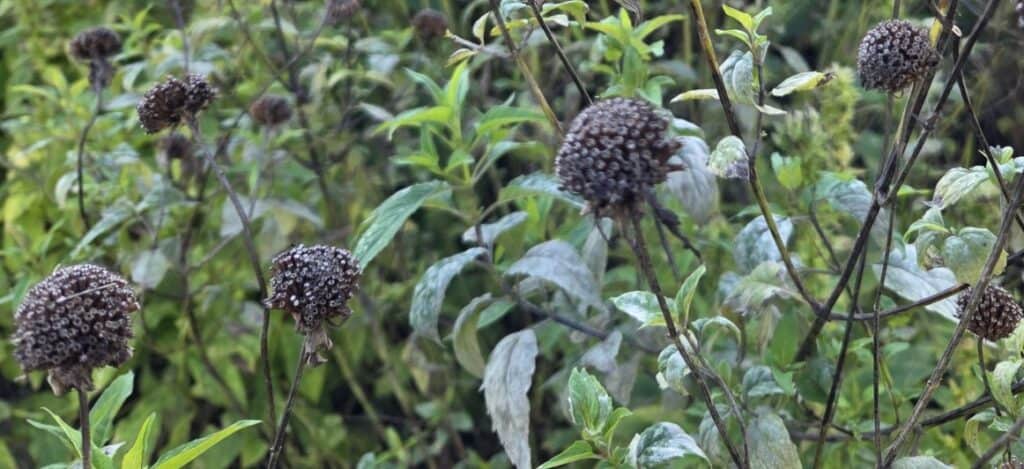
- Keep watering trees and shrubs that were planted this year, all the way up until the ground freezes. With how dry it has been, and how dry it is predicted to be for the remainder of fall, it’s not a bad idea to water any landscape trees and shrubs, regardless of when they were planted, until winter sets in. We have been in a prolonged dry period, and that can stress plants.
- Mowing at this time of year is a game of timing. With how dry September was, most of us saw our lawns go dormant at a time when it’s normally enjoying the cooler temperatures and rainier days. We got a pretty good soaking a week or so ago, but there isn’t much rain forecast for the next two weeks, so be careful not to mow to the point that your lawn dries out just before winter dormancy. Like other plants, grass does better when it’s well-hydrated going into winter, and mowing too low can cause the soil to dry out.
- Don’t leave too many leaves lying on top of your lawn over winter, as this can help promote disease. Rake large amounts of leaves into your flower beds for mulch, or mow them up and leave the clippings on your lawn to act as fertilizer as they break down.
For the Birds:
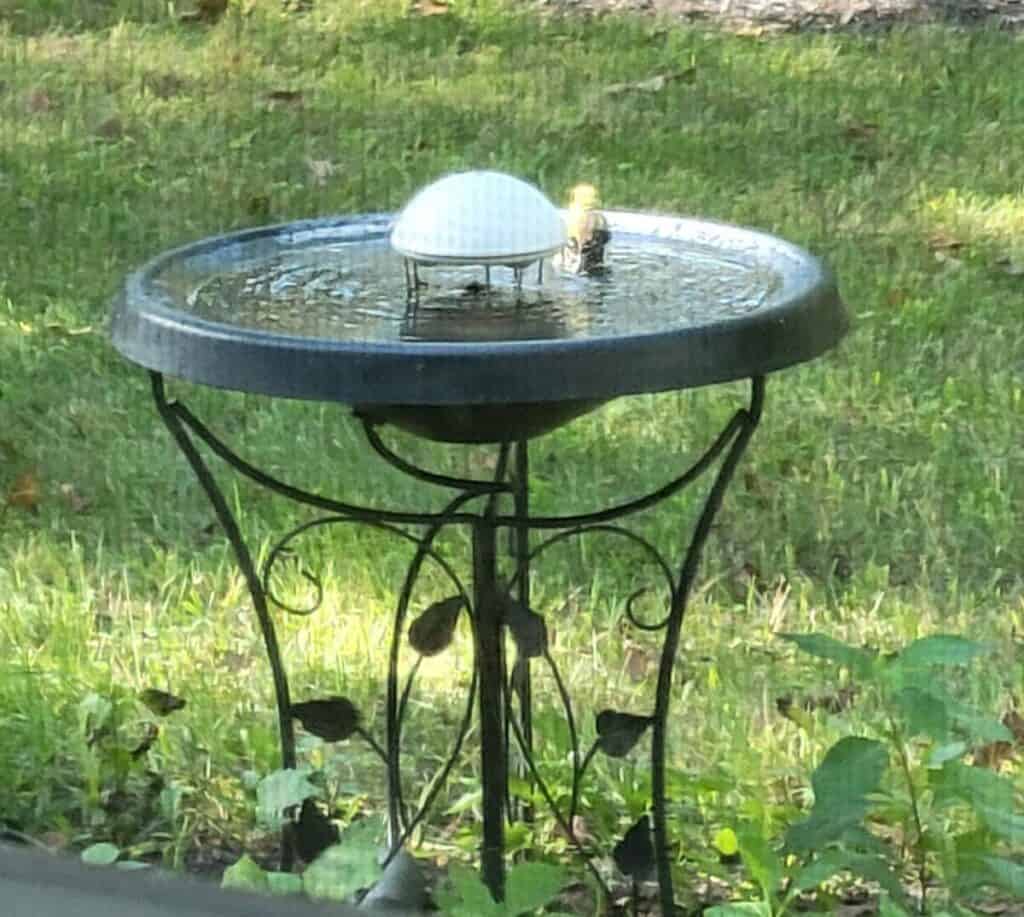
- If you haven’t already, it’s time to clean out nesting boxes. Leaving nesting material over winter can give parasites a place to hang out, which isn’t good for your birds. Also, clean nesting boxes can be used by birds for shelter from the cold over the winter.
- My hummingbird feeders are still up and filled with fresh sugar water, in case there are any stragglers looking for some quick energy for their flight south. I can’t say that I have seen any hummers in the last week, but there were definitely sightings as late as a week ago, so my feeders will stay up until we start getting freezing temps.
- Keeping bird baths full while we’re getting so little rain is important for the birds. They need fresh water as much as we do, and they have few options when there’s no rain to create puddles for them to drink from.
Read More
More info on all of these tips can be found in our monthly newsletter: Read the full Octobber 2025 issue of Let’s Get Gardening
Happy Gardening!
October Special!
🍂 Have an old Garden Mill gift certificate tucked away? 🍂
This October, we’re giving you a reason to dust it off! Redeem any certificate dated before September 1, 2025 and we’ll add an extra 10% to its value.
Make your gift dollars go even further — just in time for fall shopping!
📅 Valid October 1–31, 2025 | In-Store Only
**Can’t find your Garden Mill gift certificate? We might be able to retrieve it for you at the store. Come in and ask us — we can’t guarantee that we will be able to find it for you, but it’s very possible that we can!**
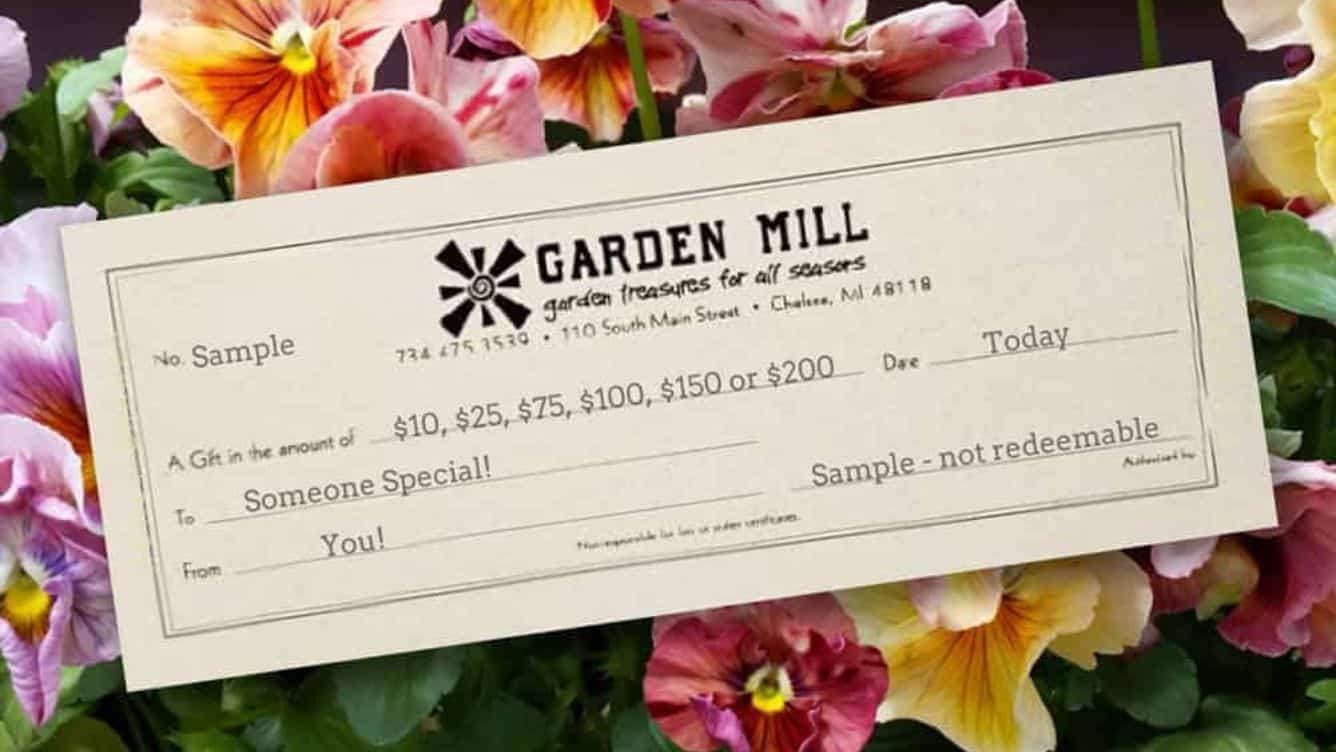
$10 off any $50 purchase

Expires 10/31/25
Cannot be combined with any other offer.
Not valid on artist consignment items.
Cannot be used to purchase gift certificates.
